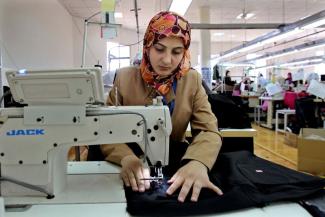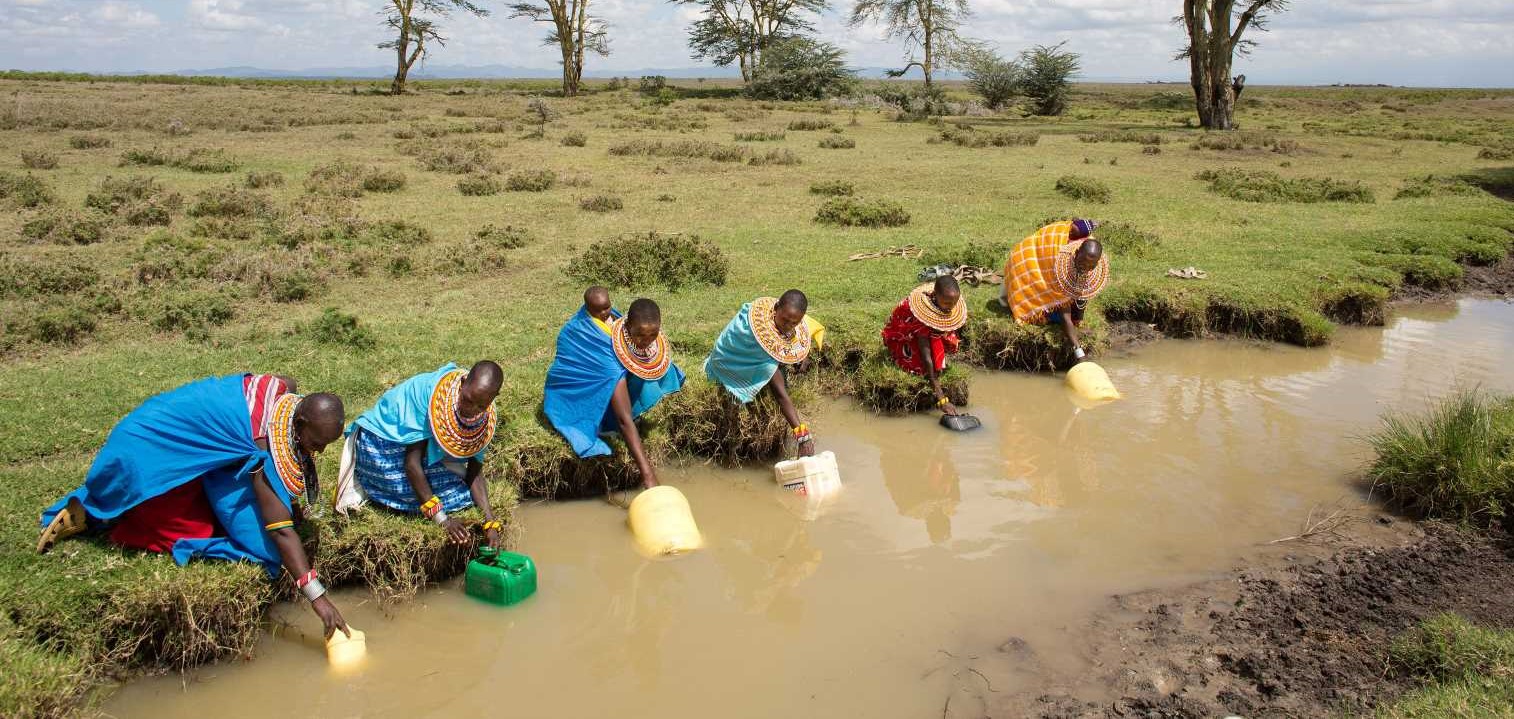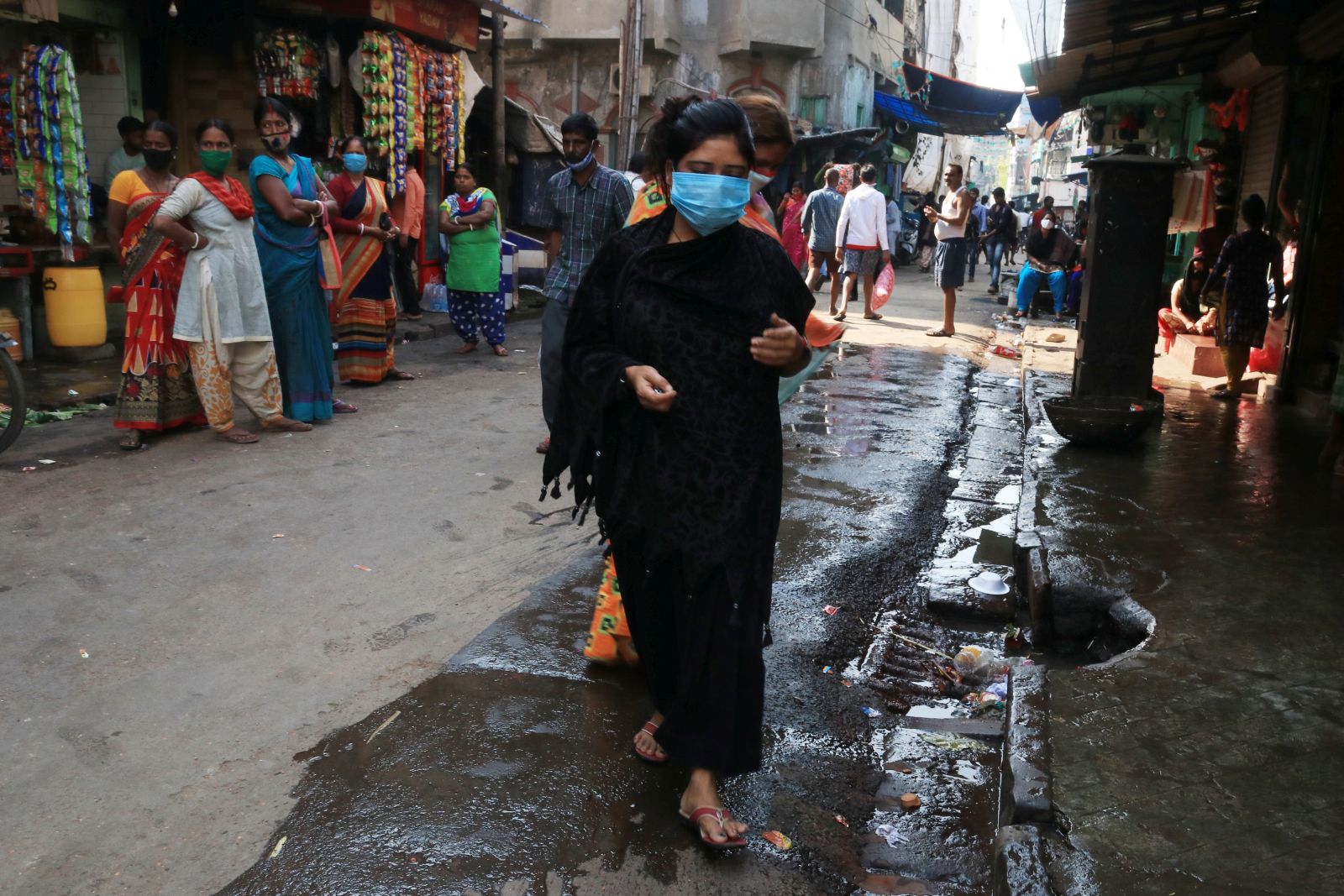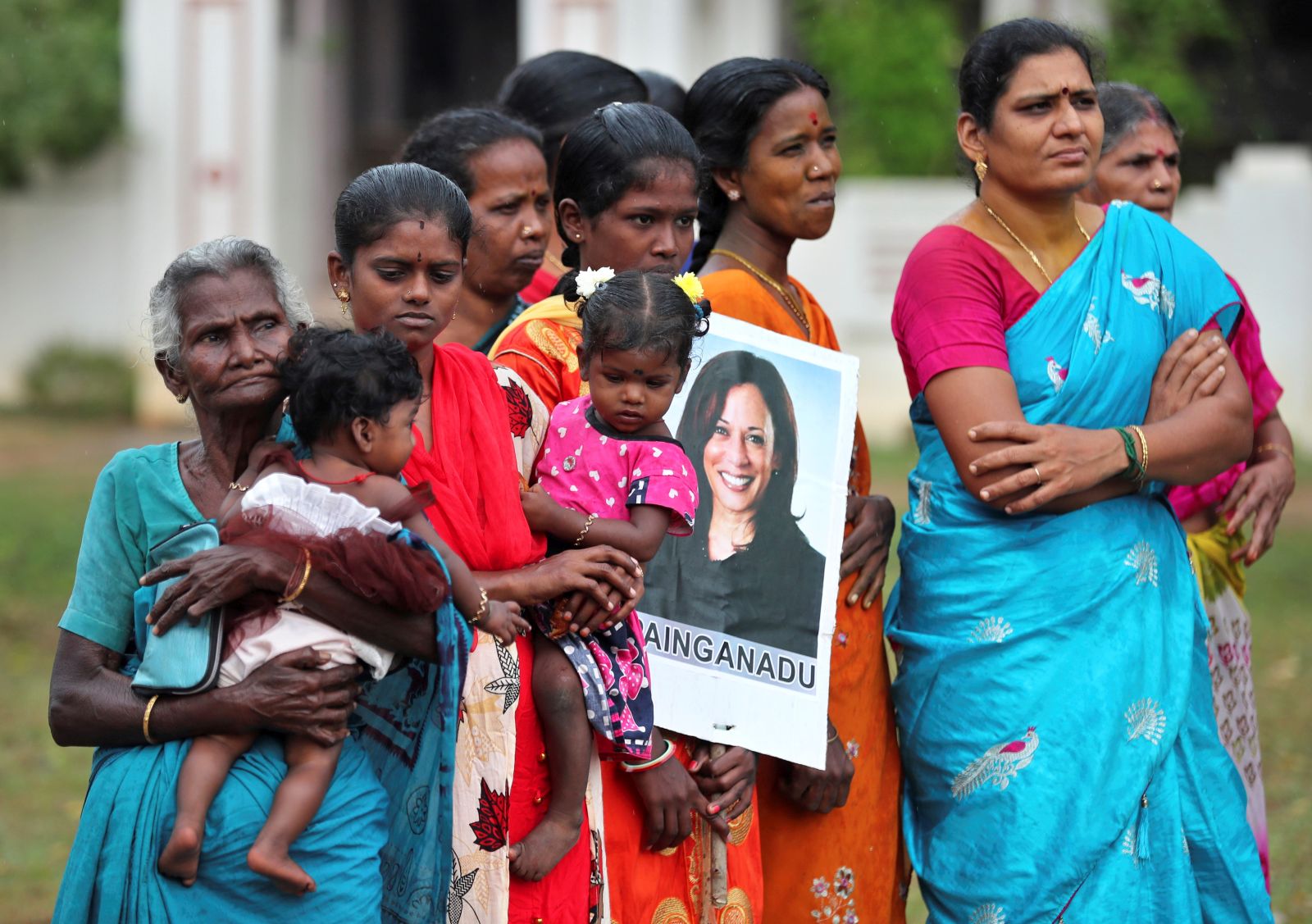Job opportunities
Working in poverty

In 2016, the global youth unemployment rate was expected to climb to 13.1 % from 12.9 % in 2015, according to the ILO World Employment and Social Outlook for Youth 2016. In absolute numbers, this means that 71 million young women and men want to work, but do not have a job. The authors expect the ratio to stay the same in 2017. The main reason for the deterioration is the global economy: growth in developing countries is at its lowest level since 2003, and key emerging markets such as Argentina, Brazil and Russia are in recession.
According to the report, however, the true extent of the labour market challenge is much greater than the numbers suggest: many young people, especially in developing countries, are working, but don’t earn enough to make a living. In 2016, 37.7 % of working youth were living in extreme poverty (on less than $ 1.90 per day and head, as defined by the World Bank) or moderate poverty (on $ 1.90 to $ 3.10 per day).
Furthermore, persistent gender gaps undermine social progress, as the ILO report highlights. In 2016, the young women’s labour force participation was only 37.3 %, compared with young men’s 53.9 %. In the past 16 years, the gap has shrunk by a mere
1.2 percentage points. Accordingly, the global female unemployment rate is higher than the male one. Girls and women are particularly disadvantaged in South Asia, Arab countries and North Africa.
Bleak outlooks at home cause millions of young people to look abroad for better education and employment opportunities. In 2015, 51 million international migrants aged between 15 and 29 left their home countries, according to ILO figures. Additionally, one out of five young women and men were willing to move permanently to another country. Most of them live in sub-Saharan Africa or Latin America and the Caribbean.
The ILO authors appreciate the UN 2030 Agenda for Sustainable Development as a way forward. This internationally agreed document, which includes the Sustainable Development Goals, “provides a unique opportunity to incorporate youth policies into comprehensive sustainable development strategies,” the report states. Moreover, it applauds the 2008 ILO Declaration on Social Justice for a Fair Globalization and argues that it can guide national strategies to increase youth employment, address inequality and ensure decent work. The Declaration demands sustainable institutional environment for economic growth development, adequate social protection and adherence to labour standards. In the view of the ILO, social justice is synonymous with higher ratios of youth employment. The ILO Call for Action in youth employment, which was adopted in 2012, addresses fundamental challenges such as unemployment, poor working conditions and unequal opportunities.
Katja Dombrowski














